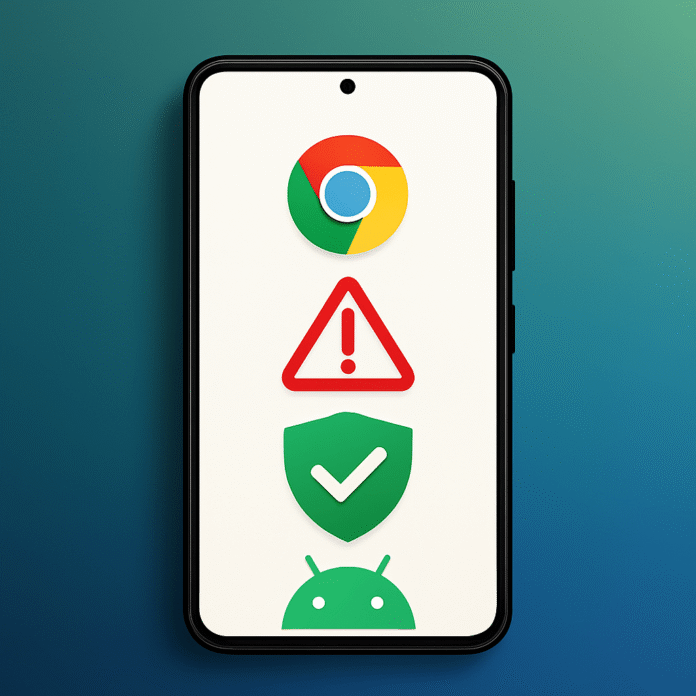As online threats continue to evolve, Google is enhancing security measures in Chrome for Android. With the release of Android 16, the company has introduced Advanced Protection—a set of features designed to better safeguard users while browsing the web. These tools focus on improving security when visiting websites, running scripts, and isolating web content.
Key Features of Chrome’s Advanced Protection on Android
Google highlights three main features in this new protection layer, available through Chrome Settings > Privacy and security > Advanced Protection.
1. Always Use Secure Connections
The first feature is “Always use secure connections”, which prompts Chrome to warn users when a site is loaded over an unencrypted HTTP connection instead of the more secure HTTPS. While HTTP websites aren’t inherently dangerous, they do pose greater risks since data is transmitted in plain text.
If Chrome detects such a connection, it will notify the user and request confirmation before proceeding. This allows more tech-savvy users to decide whether to continue, while keeping others protected by default.

2. JavaScript Optimization Hardening
Another important feature involves security improvements to JavaScript processing in Chrome’s V8 engine. Google is reducing reliance on optimizing compilers, which, while beneficial for performance, have historically been exploited in many security breaches.
According to Google, disabling these optimizers could have mitigated around 50% of known security bugs in V8 that were actively exploited. However, this change may result in slower performance on certain websites. It reflects a deliberate trade-off between speed and safety, especially for users who prioritize protection.

3. Site Isolation
The third feature, known as Site Isolation, ensures each website runs in its own separate memory process, even if multiple sites are opened within the same browser tab. This limits the ability of malicious sites to access data from other web pages, even if a vulnerability is exploited.
While Site Isolation is enabled by default on desktop, it is more selective on Android due to memory constraints. The feature works only on devices with 4GB of RAM or more, but it may still activate in high-risk scenarios—such as when users log in or submit forms—regardless of system memory.
These additions demonstrate Google’s commitment to improving user safety, especially on mobile platforms where phishing and exploit risks are increasingly common.
Filed in . Read more about Android, Chrome and Google.
